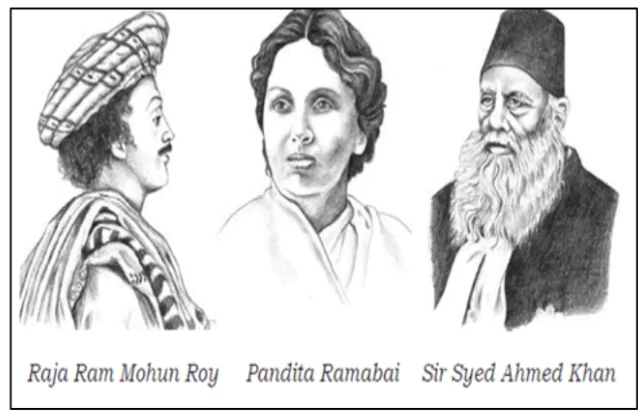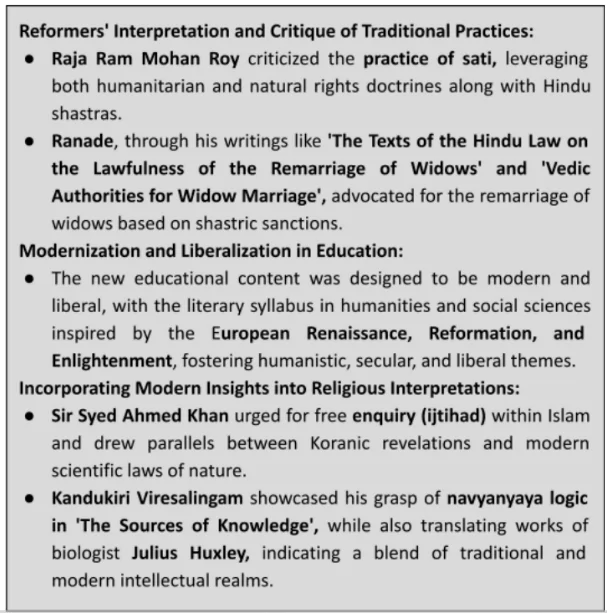![]() 11 Dec 2023
11 Dec 2023
The vibrant tapestry of human societies is intricately woven with the threads of culture, shaping the way communities perceive, express, and evolve. Cultural Change stands as a pivotal force in this dynamic interplay, where the shifting landscapes of beliefs, values, traditions, and expressions mold the very essence of societal transformation. For example, the evolution of the perception of childhood led to laws against child labour and enforced compulsory education, marking significant social change. In the context of India, the impact of colonial rule has been a catalyst for profound cultural change.
This article looks at two related developments, both a complex product of the impact of colonial rule. The first deals with the Role of 19th century social reformers and early 20th century and the second with four processes of sanskritization, modernisation, secularisation and westernisation.

 Epoch of Inquiry: The period was marked by intense questioning and reinterpretation, fostering both intellectual and social growth.
Epoch of Inquiry: The period was marked by intense questioning and reinterpretation, fostering both intellectual and social growth. Process of modernization brings cultural change and we will be able to better understand it through explanation below
<div class="new-fform">
</div>